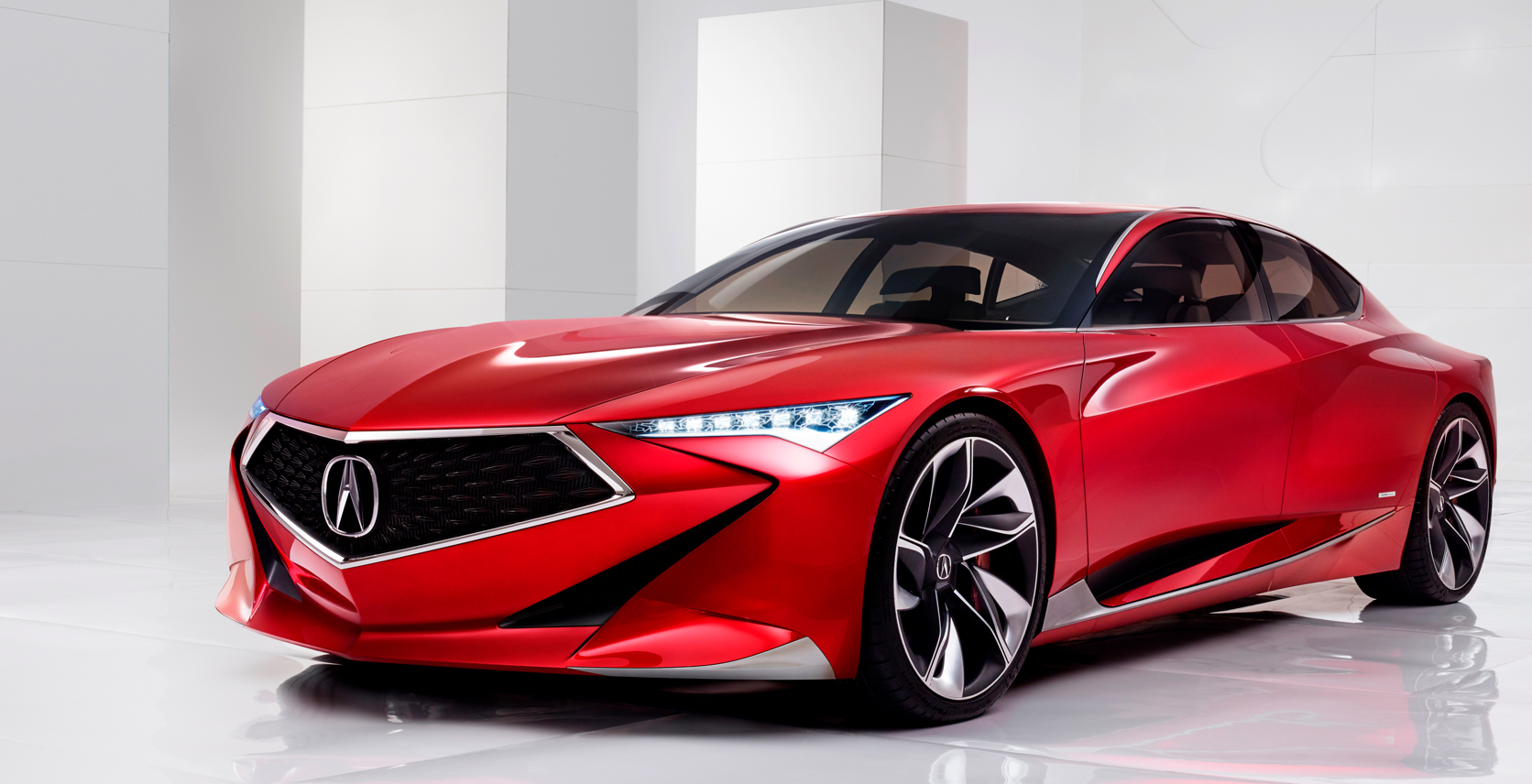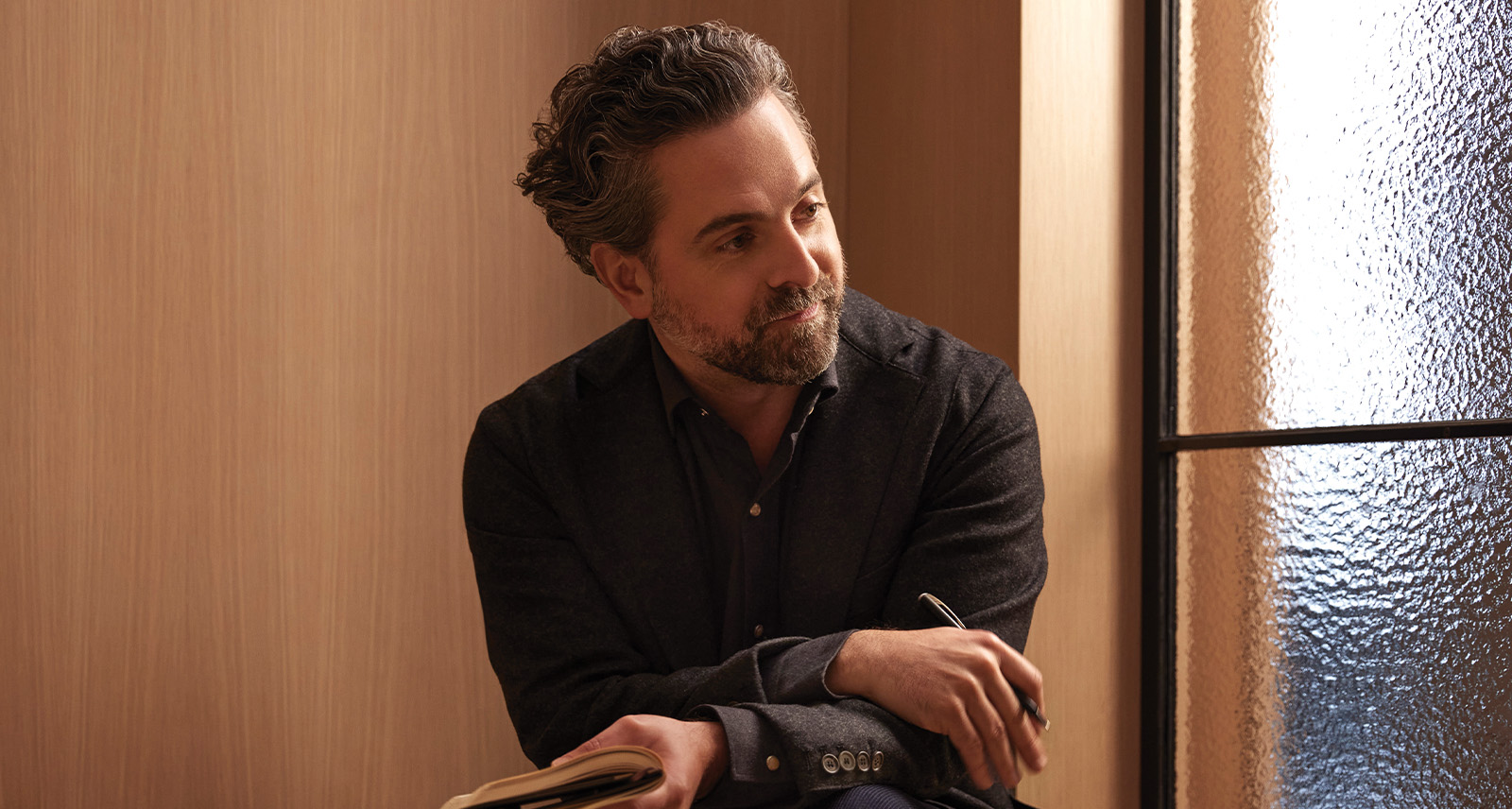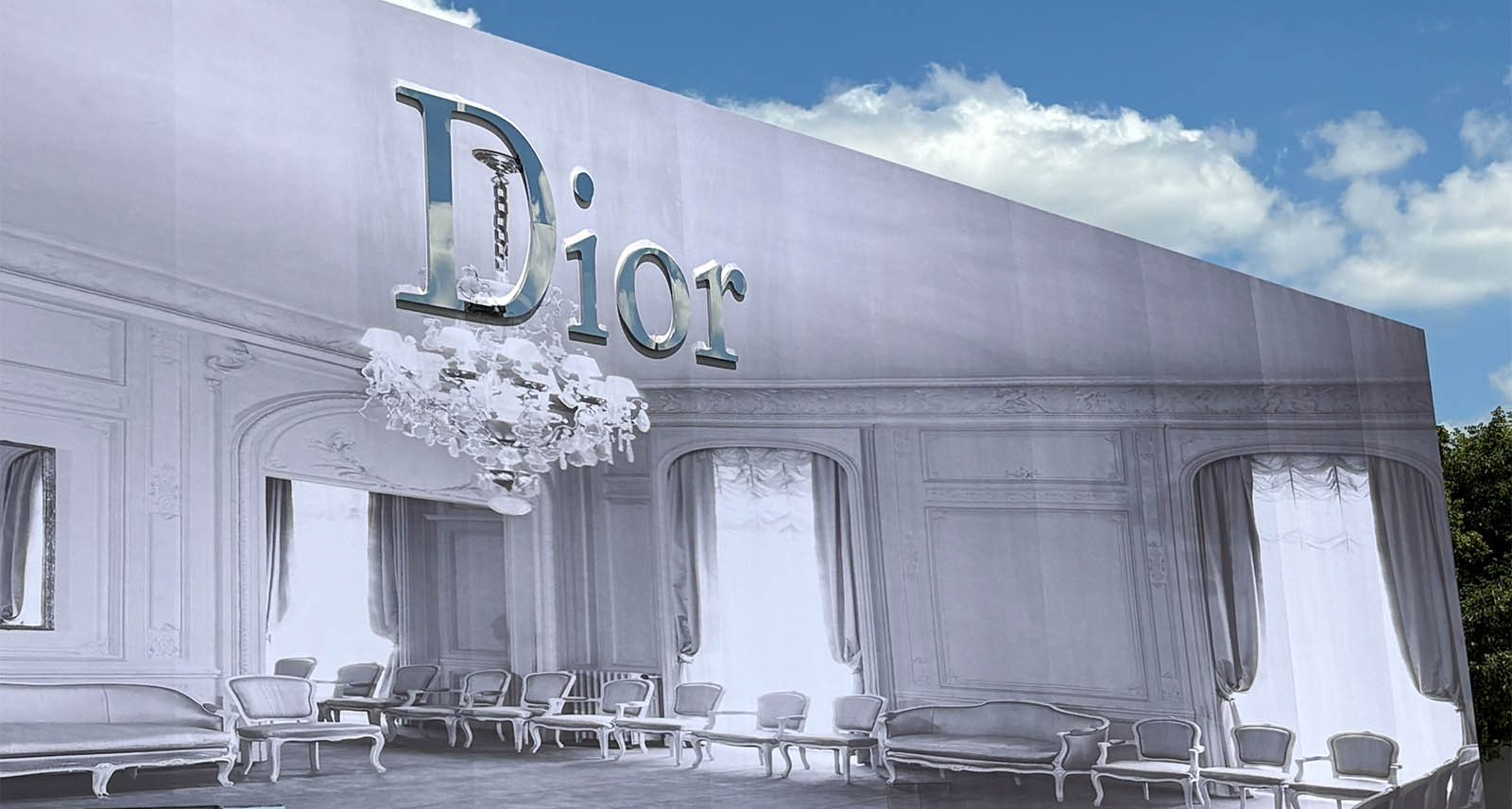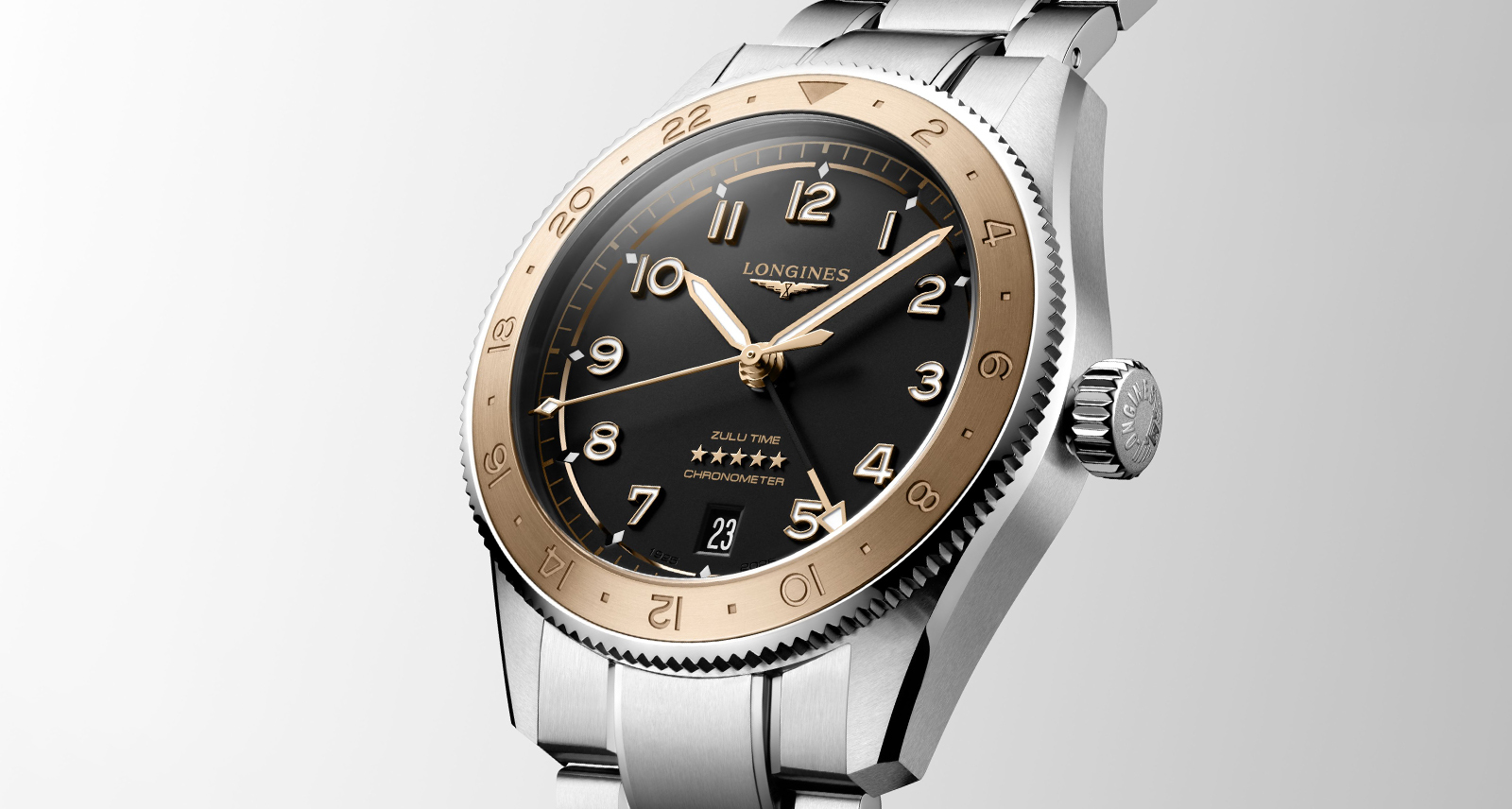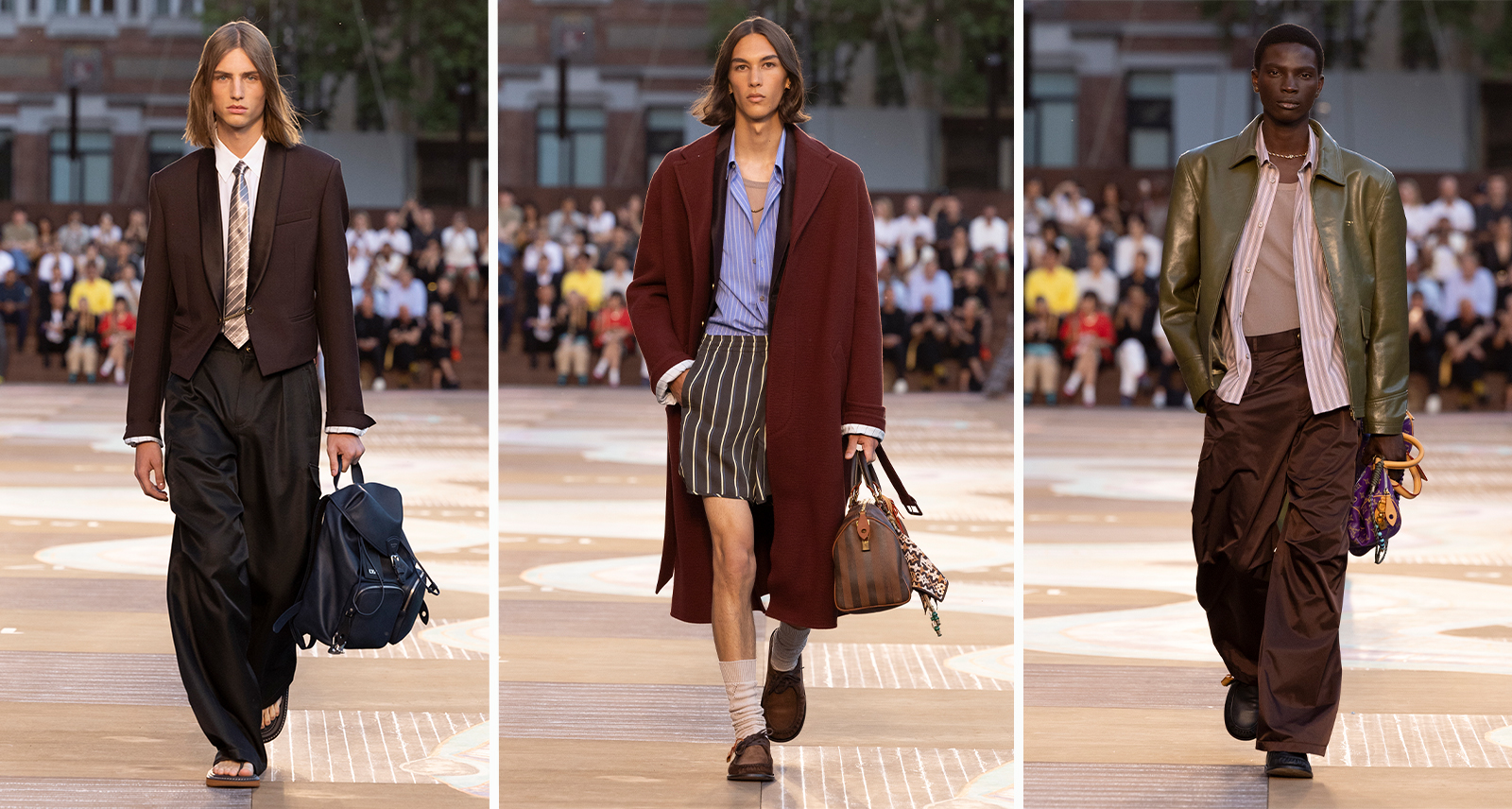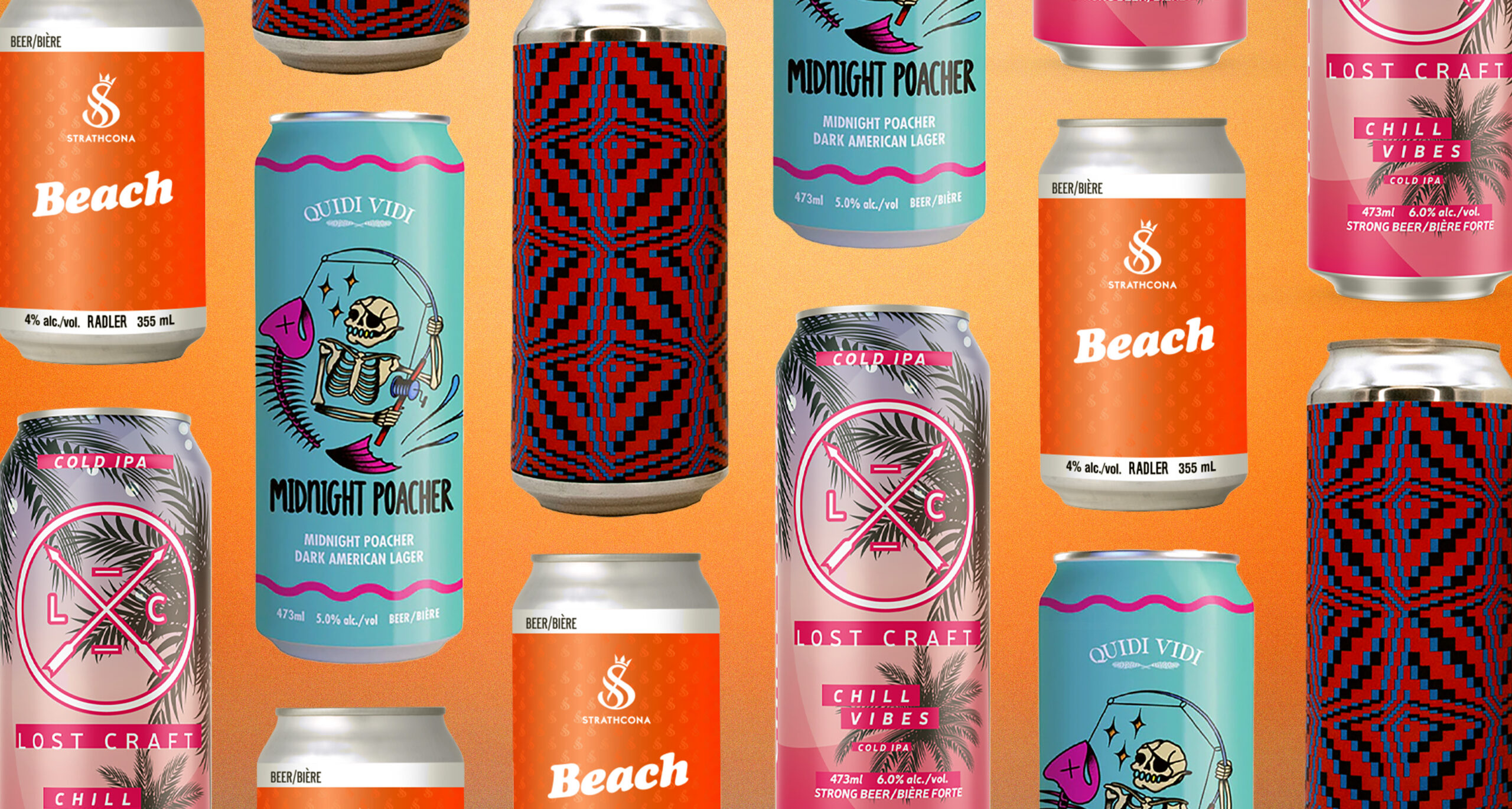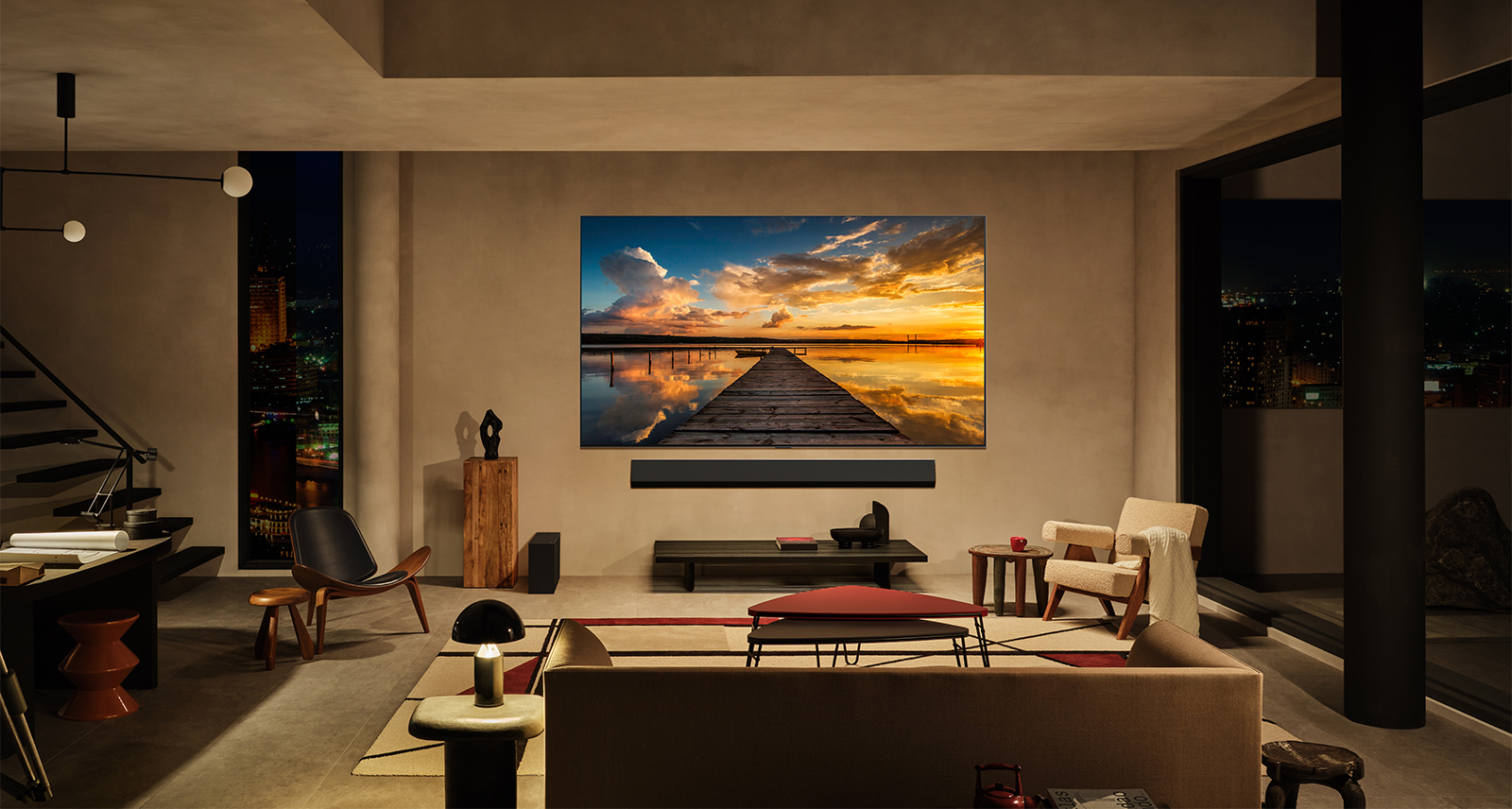The Legend of Acura: How the Automaker Is Rediscovering Its Past In Order to Move Forward
Frank Ocean is a fan, which should tell you all you need to know about Acura. The musician is like the poet laureate of fond memories. He has an uncanny knack for nostalgia — and a serious automotive addiction. His car collection is outshone only by his cabinets full of platinum records and golden Grammy trophies.
Ocean’s love for Acura is professed on a deep cut in the brand’s history. “1998 my family had that Acura / Oh, The Legend / Kept at least six discs in the charger,” he sang in “Nights.” The video for “Acura Integurl” features a red NSX and is “dedicated to my ’91 Acura.”
At this point in his career, Frank Ocean could afford to buy any car. He could afford 12 of any car. Why is he nostalgic for these old Acuras, the Legend, the Integra, and the NSX? Well, because he’s a car snob with impeccable taste, and because these vintage Acura models from the very earliest days of the brand are some of the best cars to come from any brand, ever.
But this isn’t a story about nostalgia. This is a story about the future, about how Acura is rediscovering its past in order to move forward. It’s something Emile Korkor, senior manager and brand leader for Acura Canada, thinks about a lot. “Acura made a splash right from the beginning,” he says. “Things got heated with sales very quickly. We realized there was a lot of demand.”
Acura was the first Japanese luxury brand to land here, arriving in 1987. With cars like the Legend and NSX, Acura set the mold for all the other luxury car brands from Japan — and elsewhere — which would soon enter the Canadian market.
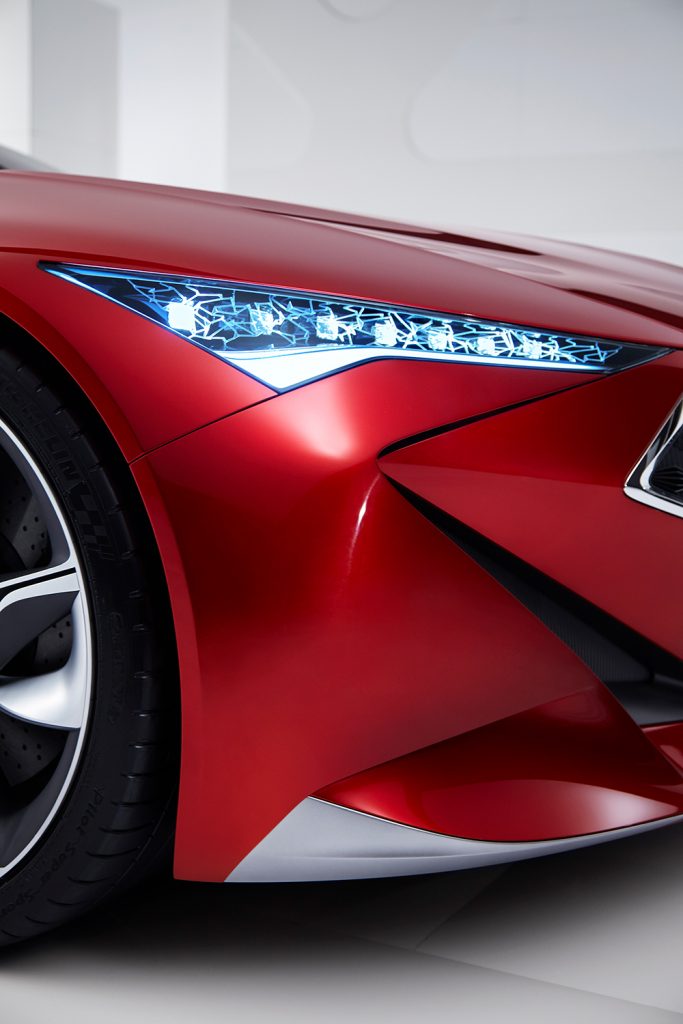
The Legend was an unusual luxury car in 1987. It was over-engineered and as tight as a vault, naturally, but what made it unique was its human focus.
“There was very little attention being paid to the engagement of the driver then,” says Korkor. The driving experience in most big luxury sedans in the ’80s and ’90s was almost boatlike: vague, disconnected. “The thing that was different about the Legend is we designed that experience around the driver, building a car where customers can feel the performance of the vehicle is attainable.”
“In past years we weren’t going our own way; that philosophy is now out the window, and we’re back to doing it our own way.”
The Legend won Car and Driver magazine’s prestigious “Ten Best” award three years running. Korkor’s most vivid memory from driving one is all about the engine. “The responsiveness, thanks in part to our incorporation of the VTEC technology…Nobody really provided that level of engagement, of foot-to-pedal-to-engine performance.”
That became Acura’s calling card in the early days. From there it was a natural progression to the 1990 NSX and the brand’s other icon, the Integra Type R. That latter car was the one Korkor always dreamed of putting in his garage.
“We made fans,” he says. “Being able to attain that performance at a reasonable price changed the way younger buyers viewed the luxury segment. It wasn’t, anymore, something for my dad or grandpa. If you were in your early twenties, or even when you turned 16, it was something you could reasonably aspire to.”
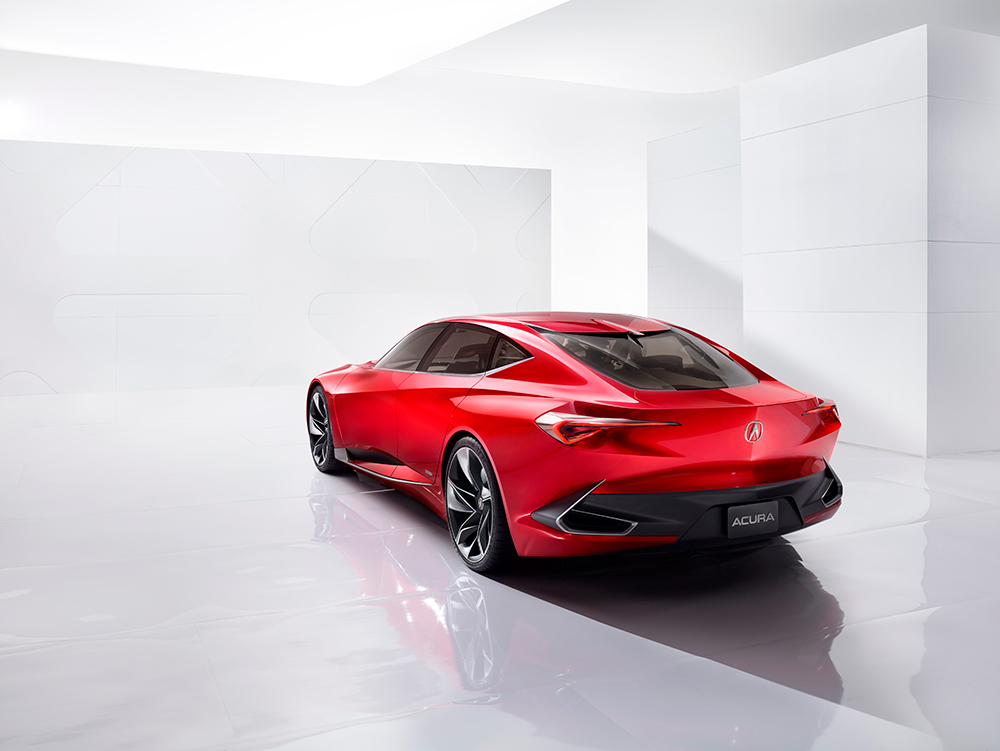
However, after that initial success, Acura had “a bit of a wandering,” as Korkor puts it, starting in the early 2000s. In short, the brand tried to chase the traditional German luxury brands by being just like them. “We tried to get a lot more luxurious and we lost a little performance,” he admits. “The product was great but it didn’t make a statement in the marketplace; it wasn’t a unique offering.”
Today, Acura is trying to get back to doing what made it worthy of nostalgia in the first place. “We want to go back and reclaim that,” Korkor says. “In past years we weren’t going our own way; that philosophy is now out the window, and we’re back to doing it our own way.”
The early evidence of the brand’s new direction is more than promising. The NSX is back as a futuristic hybrid supercar, once again pushing the envelope of what this sort of car can be. Acura’s design department rediscovered its edge with the 2016 Precision Concept. It’s a statement of intent, explains Korkor, a preview of the brand’s new design direction.
“We went from a more timeless design to a much more aggressive design philosophy, which expresses a lot more emotion,” he explains. “Whereas, in the past, we’ve tried to be everything for everybody.” The idea is to be more attention-grabbing, to stand out. The new RDX SUV is a prime example. It instantly became the brand’s bestseller and shows they’re on the right track.
The recent announcement that Acura will bring back its Type S sub-brand is exciting news to anyone nostalgic for Acura’s performance heyday. Korkor wouldn’t confirm anything, but we expect to see new high-performance versions of the MDX SUV and TLX sedan propelled by a new, muscular turbocharged V6. And that could be just the beginning. What if there were a new Integra in the cards, or a flagship SUV to carry on the torch lit by the Legend? Watch this space.
Racing improves the breed, or so the saying goes, so Acura is also getting back into motorsport in a big way. The NSX GT3 race car will be the tip of the spear. It’s already notched several race wins. It’s remarkably similar to the road-going NSX, but lower and meaner, stripped of the hybrid system and excess weight. If you’re interested, Acura is selling the GT3 to private teams, so you can buy one if you have deep enough pockets. We can’t think of a better track-day weapon.
If Korkor and Acura have done their jobs right, there’ll soon be an entirely new generation of gearheads like Frank Ocean, excited once again about high-value, high-performance luxury.
